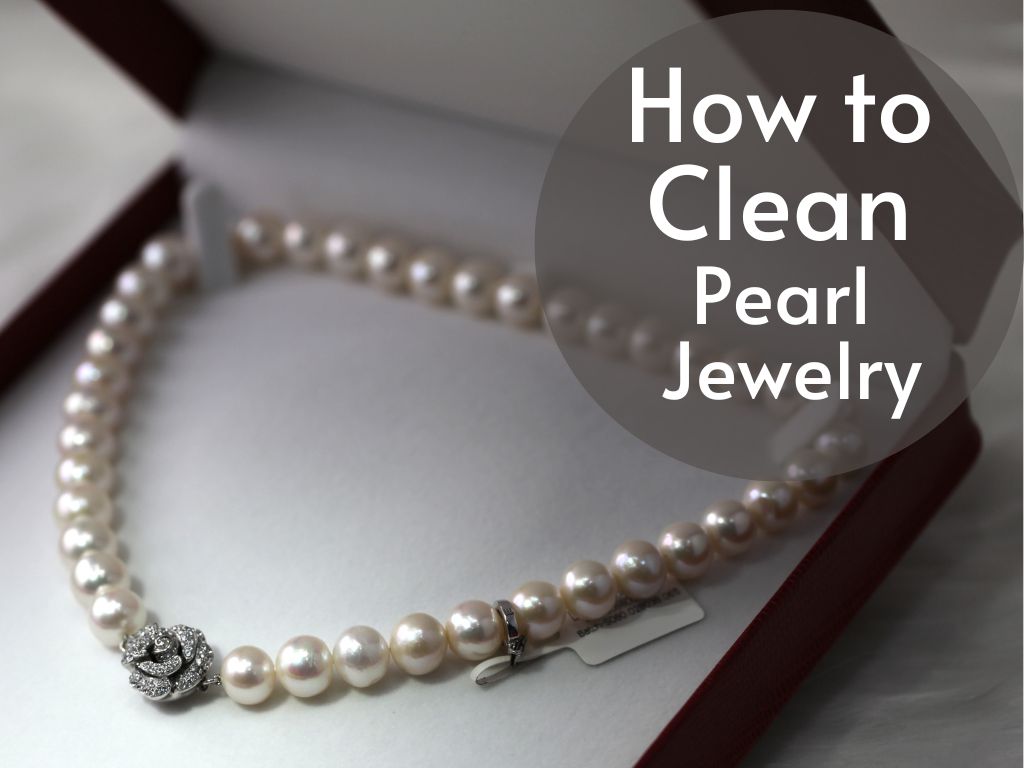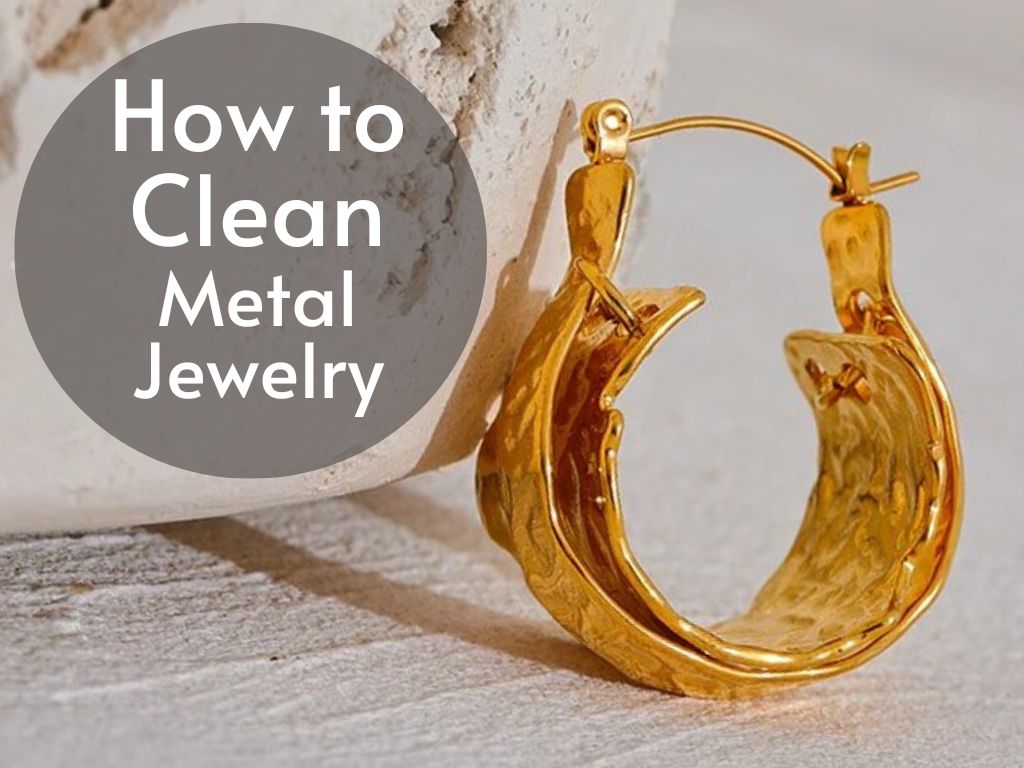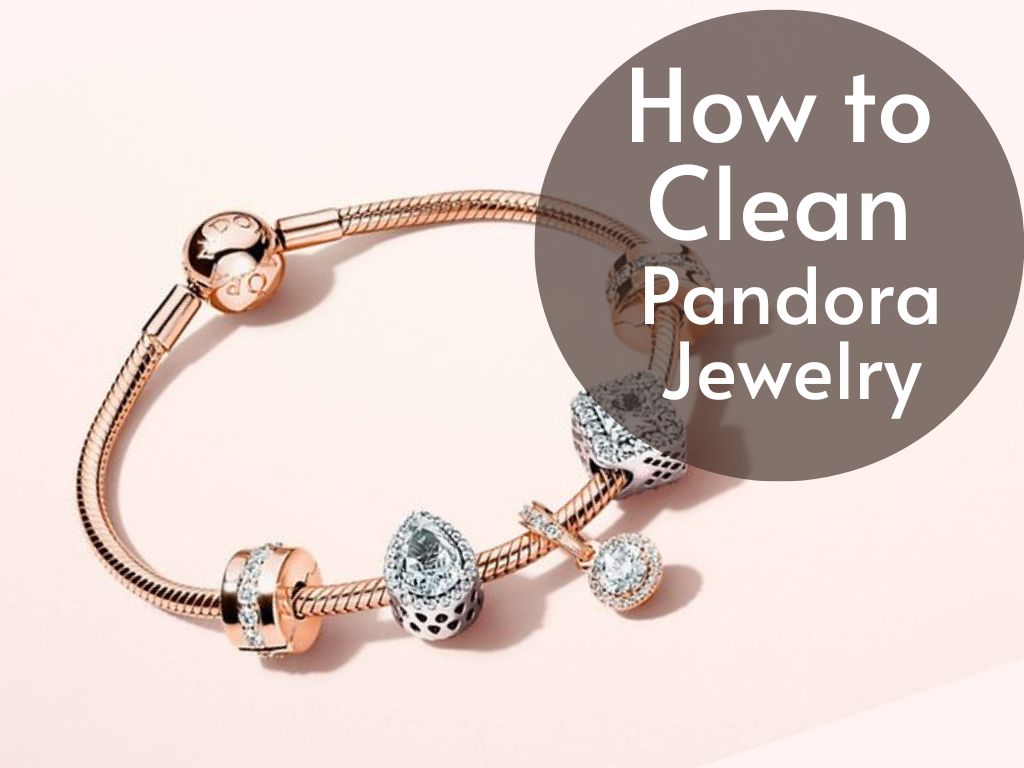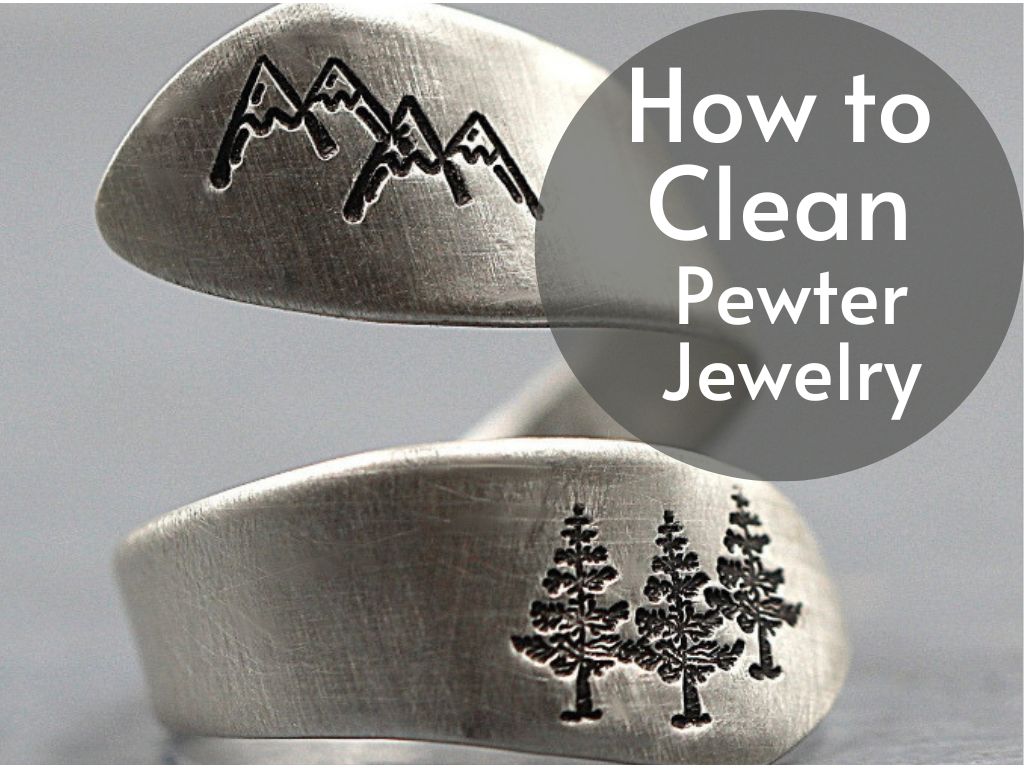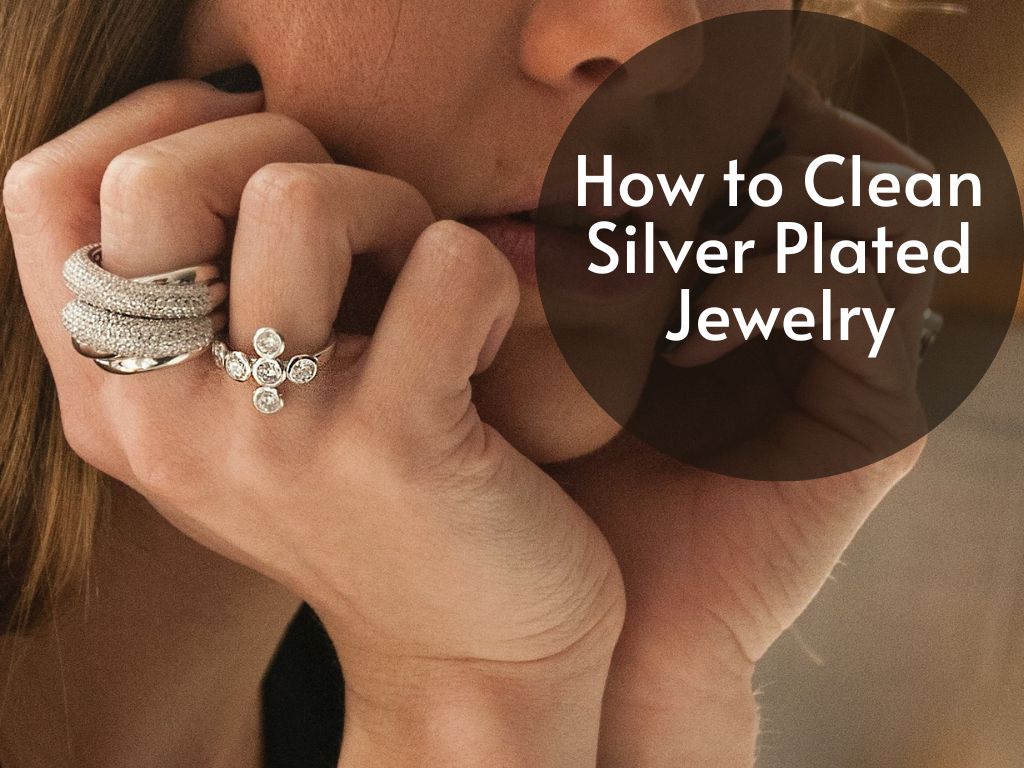Pearl jewelry has captivated human beings for centuries, with its timeless elegance and natural beauty. The allure of pearls can be traced back to ancient civilizations such as the Egyptians, Romans, and Chinese, who treasured these exquisite gems as symbols of wealth, purity, and prestige. Pearls were even mentioned in ancient texts like the Bible and were considered a prized possession by royalty and nobility throughout history.
The history of pearl jewelry is deeply intertwined with fascinating tales and legends. In ancient times, pearls were often associated with the moon due to their iridescent glow.
According to Greek mythology, pearls were believed to be tears shed by the gods or drops of dew that fell into the sea and were swallowed by oysters. This captivating origin story only added to their mystical appeal.
In more recent history, during the Renaissance era, European nobles flaunted their status by adorning themselves with pearl jewelry. The discovery of vast pearl beds in the Americas further fueled the desire for these precious gems.
However, it was during the Victorian era that pearls truly reached their pinnacle of popularity when Queen Victoria herself embraced them as her favorite gemstone. Despite being one of nature’s most enduring treasures, pearl jewelry requires regular cleaning and care to maintain its radiance.
Over time, pearls can lose their luster due to body oils, sweat, perfume residue, or exposure to environmental pollutants. Proper cleaning not only restores their natural shine but also helps prevent damage that could be caused by dirt or debris buildup.
Neglecting regular cleaning can lead to a dull appearance and might even cause irreversible damage over time. With proper maintenance routines in place though – including gentle cleaning techniques – your pearl jewelry can continue enchanting generations to come while preserving its mesmerizing beauty.
Understanding Pearls
Different types of pearls (natural, cultured, freshwater)
Pearls, often associated with elegance and grace, come in various types that are influenced by their origin. Natural pearls are formed when an irritant such as a grain of sand enters an oyster or mollusk.
Over time, the mollusk secretes layers of nacre to protect itself from the irritant, resulting in the formation of a pearl. These rare and valuable specimens are highly sought after due to their exquisite beauty and scarcity.
Cultured pearls, on the other hand, are created through human intervention. Pearl farmers carefully insert a nucleus into an oyster or mussel and then allow nature to take its course.
These pearls often possess similar qualities to natural pearls but can be produced on a larger scale. Freshwater pearls are the most abundant type available today.
They are cultivated in freshwater mussels rather than saltwater oysters. Due to their availability and affordability compared to other types of pearls, freshwater pearls have gained popularity among jewelry enthusiasts.
Pearl grading system (AAA, AA, A)
To evaluate the quality and value of pearls accurately, jewelers employ a grading system based on specific criteria. The highest grade is typically represented as AAA or triple-A.
Pearls falling under this category exhibit exceptional qualities in terms of lustre, shape, surface cleanliness, and color consistency. AA grade pearls maintain good lustre but may have slight blemishes or surface irregularities that do not affect their overall appearance.
While they may not reach the same level as AAA grade pearls in terms of quality standards, they still hold substantial value. A-grade is considered the lowest tier within this grading system; however, it does not diminish its worth entirely.
A-grade pearls possess decent lustre but may have more noticeable imperfections—such as dimples, spots, or uneven shapes—compared to higher grades. Nonetheless, these pearls can still possess an appealing aesthetic when set in jewelry.
Characteristics of pearls (lustre, color, shape)
The lustre of a pearl refers to its ability to reflect light. High-quality pearls exhibit a reflective surface that appears luminous and radiant.
The reflection should be clear and bright, without any dulled areas or transparency. Pearls come in an array of colors, varying from classic white and cream tones to more exotic hues such as pink, blue, black, or even multicolored variations.
The natural environment in which the pearl forms influences its coloration. Regarding shape, pearls can be categorized into various classifications such as round, semi-round, drop-shaped (also known as teardrop), button-shaped, baroque (irregular shape), and circled.
Round pearls are the most desirable due to their balanced symmetry and uniform appearance. However, unique shapes like baroque can offer distinctive charm and creativity when incorporated into jewelry designs.
Understanding the different types of pearls available in the market today along with the grading system enables consumers to make informed decisions when purchasing pearl jewelry. By appreciating the nuances of lustre, color variation, and shape diversity within pearl offerings—whether natural or cultured—one can embark on a journey adorned by these magnificent gems with confidence and knowledge.
Preparing for Cleaning
Gathering necessary materials (soft cloth, mild soap, warm water)
Before you embark on the task of cleaning your precious pearl jewelry, it is essential to gather all the necessary materials. To ensure a gentle and effective cleaning process, you will need a soft cloth, mild soap, and warm water.
The soft cloth should be made of a lint-free material such as microfiber or flannel to avoid any potential scratching on the delicate surface of pearls. Avoid using rough materials like paper towels or abrasive fabrics that could harm their lustrous appearance.
When selecting a mild soap for cleaning pearls, opt for one that is specifically formulated for delicate jewelry or even baby shampoo. Harsh chemicals found in regular household cleaners can damage the nacre layer on pearls and strip away their natural shine.
Make sure to read labels carefully and choose products that are free from harsh additives or abrasive ingredients. The water temperature also plays an important role in safely cleaning pearl jewelry.
Warm water is ideal as it helps to loosen any dirt or debris on the surface without subjecting the pearls to extreme temperature changes that could cause damage. Fill a bowl with lukewarm water before proceeding with the cleaning process.
Creating a safe and clean workspace
To ensure an optimal environment for cleaning your pearl jewelry, it is crucial to create a safe and clean workspace before beginning. Find a comfortable spot with good lighting where you can focus on each piece individually without distractions.
Start by laying down a soft towel or cloth on your work surface to protect both your workspace and your jewelry from any potential scratches or accidental slips. This provides an additional layer of cushioning that safeguards against any unexpected mishaps during the cleaning process.
Next, inspect your work area for any potential hazards such as sharp objects or surfaces that could cause damage if accidentally bumped into while handling delicate pearls. Ensure there are no loose threads, adhesives, or chemicals nearby that could come into contact with your jewelry.
By setting up a dedicated workspace and taking the necessary precautions, you create an environment conducive to safely and effectively cleaning your precious pearl jewelry. This will allow you to give each piece the attention it deserves without compromising its integrity.
Cleaning Methods for Pearl Jewelry
Method 1: Gentle wiping with a soft cloth
When it comes to cleaning pearl jewelry, one of the safest and simplest methods is gentle wiping with a soft cloth. This method is highly effective in removing dirt, oils, and other impurities without causing any harm to the delicate surface of pearls. The key to successful cleaning lies in the choice of cloth – always opt for a soft, lint-free material like microfiber or silk.
Using a soft cloth prevents scratches that could diminish the luster and beauty of your pearls over time. To begin the process, lay your pearl jewelry on a clean, flat surface.
Gently examine each pearl for any visible dirt or residue. If you notice any stubborn stains or grime, it’s essential to address them first before proceeding with general cleaning.
Take care not to apply excessive pressure as it may damage the delicate nacre layer of pearls. Next, dampen the soft cloth with lukewarm water or use a mild soap solution if necessary.
It’s crucial to avoid using harsh chemicals or chemical-based cleaners as they can cause irreparable damage to your precious pearls. Using gentle strokes, wipe each pearl individually in circular motions.
Ensure that every surface area is thoroughly cleaned while being mindful of any intricate designs or settings surrounding the pearls. After completing this step for all your pearls, gently pat them dry with another clean and dry microfiber cloth.
Method 2: Soaking in mild soapy water
Another effective method for cleaning pearl jewelry involves soaking them in mild soapy water. However, caution must be exercised when using this method as prolonged exposure to moisture can compromise the integrity of pearls. Before immersing your precious gems in water, make sure that all clasps and settings are secure to prevent any accidental damages during the process.
Fill a basin or a bowl with lukewarm water and add a small amount of mild, pH-neutral soap. Avoid using harsh detergents or abrasive substances that can cause discoloration or deterioration of pearls.
Gently place your pearl jewelry in the soapy water and let them soak for no more than 10-15 minutes. It’s essential to monitor the time as extended soaking may weaken the string or adhesive used to hold the pearls together.
Using your fingertips, lightly rub each pearl to remove any dirt or oils present on their surfaces. After soaking, carefully rinse the pearls under running lukewarm water to remove any soapy residue.
Make sure not to use excessive force during rinsing as it may cause damage. Pat dry each pearl with a clean, soft cloth before storing them away.
Remember, regardless of the cleaning method you choose, always handle your pearl jewelry with care and avoid exposing them to harsh chemicals or physical impact. By following these cleaning methods diligently, you can ensure that your pearl jewelry remains radiant and lustrous for years to come.
Drying and Storing Pearls Properly
Drying pearls without causing damage or discoloration
Keeping your precious pearl jewelry in impeccable condition requires careful attention, not only during the cleaning process but also while drying them. Once you have thoroughly cleaned your pearls, it’s vital to dry them properly to prevent any potential damage or discoloration. Avoid using excessive heat or exposing them to direct sunlight, as this can cause the delicate nacre to crack or fade.
To begin, gently remove any excess moisture from the pearls by blotting them with a clean, soft towel. Avoid twisting or rubbing the pearls vigorously, as this can lead to surface scratches.
Instead, use a light touch and pat them dry in a gentle manner. Be patient and take your time—rushing this step may result in unintended consequences.
Using a soft towel or air-drying method
After initially blotting away moisture with a towel, it is best to allow your beautiful pearls to air-dry completely before storing them away. Lay them out on a clean and absorbent cloth in a cool area with good air circulation. Ensure that they are placed in such a way that they do not touch each other or overlap.
Alternatively, you can use an air-drying method by suspending the pearls on a soft string—a silk thread works wonderfully for this purpose—as this allows for even airflow around each pearl. Make sure there is enough space between each pearl so that they don’t come into contact with one another during drying.
It’s crucial to exercise patience during this process; rushing it by using artificial heat sources like hairdryers can cause irreversible damage to the delicate surface of the pearls. Allow nature to take its course and wait until every trace of moisture has evaporated before proceeding further.
Storing pearls to maintain their quality and luster
Proper storage is key to preserving the quality and luster of your precious pearl jewelry. Once your pearls are completely dry, it’s time to find an appropriate storage solution that will keep them protected from potential damage. Consider investing in a silk pouch or a jewelry box with individual compartments specifically designed for pearl storage.
These options provide a soft and cushioned environment that prevents scratching and minimizes contact with other jewelry pieces. Each pearl should ideally have its own designated space, ensuring they are adequately separated.
Avoid storing your pearls near other accessories made of materials prone to scratching, such as metallic or gemstone jewelry. To minimize potential damage, you can wrap individual pearls in a soft cloth or tissue paper before placing them in the storage container.
By taking these precautions and following these simple guidelines, you can ensure that your cherished pearl jewelry remains safe, secure, and retains its natural beauty for years to come. Proper drying techniques combined with suitable storage solutions are essential steps towards maintaining the longevity and radiance of your valuable pearls.
Additional Tips and Tricks
A. Avoiding Harsh Chemicals and Abrasive Cleaners
When it comes to cleaning your precious pearl jewelry, it is crucial to steer clear of harsh chemicals and abrasive cleaners. Pearls are delicate gemstones that can be easily damaged by strong solvents or rough substances. Avoid using household cleaners, bleach, ammonia, or any other harsh chemicals that could potentially erode the pearl’s surface or alter its natural color. Instead, opt for gentle cleaning solutions specifically designed for delicate jewelry. A mild soap diluted in warm water is an excellent choice. When using soap, ensure it is free from any additives like moisturizers or fragrances that could leave residues on the pearls. Remember to rinse the pearls thoroughly after washing them to remove all traces of soap. Another important tip is to avoid using toothbrushes or abrasive materials such as baking soda or toothpaste for cleaning pearls. These substances can cause tiny scratches on the surface of the pearls, diminishing their luster over time. Stick to soft materials like a microfiber cloth or a soft-bristled brush specifically designed for jewelry cleaning.
B . Regular Inspection for Loose Threads or Damaged Clasps
Regular inspection of your pearl jewelry is essential to ensure its longevity and prevent any potential damage. Over time, threads holding the pearls together may become weakened due to wear and tear, which can lead to breakage if not addressed promptly. Therefore, it’s important to periodically check for loose threads and have them professionally restrung if necessary. Similarly, clasps are another critical component of pearl jewelry that need attention. Inspect clasps regularly for any signs of loosening or damage. A loose clasp may risk losing your cherished pearls if they accidentally open while wearing them. If you notice any loose threads or damaged clasps during your inspection, it is advisable to take your pearl jewelry to a professional jeweler for repair. They have the necessary expertise and tools to ensure your pearls are properly restrung or that the clasps are repaired or replaced with precision. By incorporating these additional tips and tricks into your pearl jewelry care routine, you can ensure that your beloved pieces remain in pristine condition for years to come. Avoiding harsh chemicals and abrasive cleaners will preserve the natural beauty of your pearls, while regular inspection and maintenance will safeguard against potential accidents or damage. Remember, taking proper care of your pearl jewelry not only enhances their longevity but also maintains their exquisite charm and allure.
Professional Cleaning Services
When to consider professional cleaning services
While cleaning pearl jewelry at home is possible and can be done with care, there are certain situations where it is advisable to seek professional cleaning services. Firstly, if you possess valuable or antique pearl jewelry that holds sentimental or monetary value, it is wise to entrust the delicate task of cleaning to experienced professionals. They have the necessary expertise and tools to handle precious pearls with utmost care, ensuring no damage occurs during the cleaning process.
Furthermore, if your pearl jewelry has intricate designs or settings that make it difficult to clean thoroughly at home, seeking professional help becomes essential. Jewelers who specialize in pearl cleaning possess techniques and equipment that can effectively reach every nook and cranny of your jewelry without causing any harm.
If you notice signs of significant wear or damage on your pearls such as loose threads, broken clasps, or dullness that cannot be revived with simple home methods, it’s an opportune time to take them for professional evaluation and restoration. This will not only ensure thorough cleaning but also address any underlying issues that may affect the longevity of your cherished jewelry.
Conclusion
Taking proper care of your pearl jewelry through regular cleaning is essential for maintaining its luster and beauty. By following the outlined steps and using gentle techniques at home, you can keep your pearls looking radiant for years to come. However, there may be times when seeking professional cleaning services becomes necessary due to the value or complexity of your pieces.
Trusting experts in these situations guarantees a meticulous approach that will protect your pearls while restoring their natural brilliance. Remember that each piece of pearl jewelry is unique; therefore, regular inspections for damage and loose components are crucial in preserving its quality.
By investing time and effort into maintaining your pearls properly and knowing when to seek professional assistance if required, you can enjoy the timeless elegance of your pearl jewelry for generations to come. So, embrace the joy of cleaning and caring for your pearls, knowing that these exquisite gems will always dazzle and captivate.

